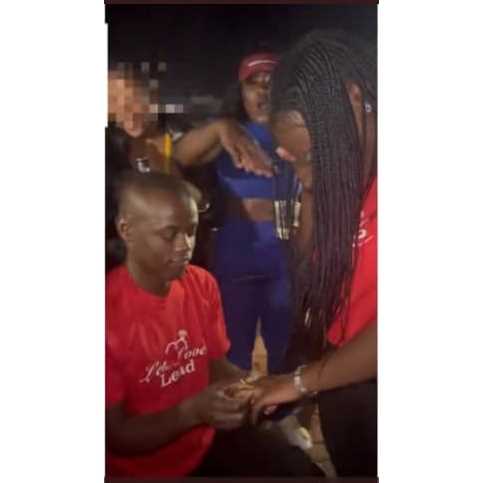
Lets talk about the Mashwede Village engagement again.
A few weeks a couple got engaged at the popular hangout in Harare, around 2am in front of hundreds of people and got over 70 000 views on Facebook in four days.
And predictably Zimbos felt that since this was a public proposal shared on social media, it must be a matter of public interest. So thousands shared their two cents on the matter.
- After this he tells you not to go to a bar when he proposed in a bar?
- Who proposes in a bar? What if he wakes up and he does not remember that he proposed?
- The decisions we make when we are Intoxicated."
- Vakabva kumba varongana ava (The couple left home with their plan in place).
While the discussion was pushed by the venue, the matter of the public proposal itself is a trend that is giving much food for debate.
An old and growing trend
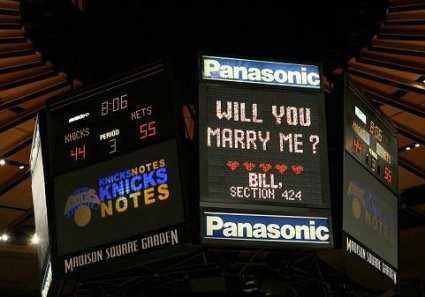
Public proposals have always been there. Men have been known to get down on one knee in restaurants and other places for surprise proposals.
But with social media and easy access to cameras, the urge to engage to be seen seems to be a growing trend.
In the United States of America, public proposals have been done through jumbotrons (large video screen typically used in stadiums) long before social media existed but Instagram, Facebook and YouTube have transformed the game, grabbing a demand for unique proposals that play well for the cyberspace.
The increased pressure of social media has turned everything into a competition leaving people to feel that their proposals also have to be flashy and showy. According to the Knot's study 2021, an average proposal now takes 4.4 months to plan but it is two times more likely to be rejected. The study also shows that of 5 000 newly wed couples, nearly 75% of all proposals took place outdoors compared to 40% in 2020. 45% of proposals are now done in public places and only 15% of women want public proposals.
Real or staged fakery?
It was a normal day in 2019 for Nonhlanhla when her partner Hector asked her to accompany him to the mall. As she was enjoying her KFC combo meal, she found herself staring at some shiny ring.
As her eyes were still glued to her ring, several onlookers had already gathered to witness the proposal. She said yes.
The couple soon gained fame on Twitter and was later assisted by the brand and other celebrities like Black Coffee for their wedding expenses. Their proposal was watched by over 5 million people which for them was also a surprise as they did not expect the moment to be captured by the internet.
A beautiful love story isn't it? But cynics will point out that Hector and Nonhlanhla were already married so this was really a stunt and not a genuine proposal
Similarly, a number of couples are posting their supposed engagements in matching outfits at a lobola ceremony. Which beggars the question how one can propose to someone they are already arranged a marriage with?
Content is king and sponsorship is sweet
Related Stories
After the KFC incident in SA, Zimbabwe soon had its own copycat proposal at Chicken Inn, a fast food outlet.
While some simpered over the romance, a good number derided the couple for a low class show.
But the engaged couple got the last laugh. Different sponsors including Chicken Inn, an individual called David Zinyama and Pizza Hut- another fast food outlet, stepped in and offered to help with wedding expenses.
Nowadays most of us walk around with high-tech cameras and video recorders in our pockets there is a desire to go viral. The presence of a virtual audience from all over the world has put huge pressure for people to go for elaborate proposals which are "Insta-worthy".
Proposals have become more about the clicks accumulated on social platforms from strangers. And if one can ride on the popularity to get a few sponsors, then all the more reason to make a show.
We have all been subjected to the drama of Mai TT's relationship with Tinashe Maphosa. Even those of us who don't follow her social media handles can't escape the noise.
Romance or Manipulation?
Victoria received a surprise marriage proposal in the middle of the city. The video went viral for all the wrong reasons.
The street venue at Joina City building in the CBD was definitely not the most romantic setting. But it was the actions of the main actors that lit social media comment sections.
Victoria said no. And it was soon clear why. The suitor turned violent, dragging Victoria by her hair. He demanded that Victoria give him back all the money he had spent on her.
Though the young woman managed to get away, some people were worried about how safe she really was from the abusive man. It was clear that he had been trying to manipulate her into marriage imagining that she would not be able to say no to his public grand gesture.
Imagine you are in a restaurant or a park and your boyfriend proposes in front of all those people not forgetting the live recordings for Instagram and Facebook. After an impressive display of effort put in for instance, car hiring, the cameras, balloons it is almost impossible for someone to say no without looking cold-hearted ungrateful.
Most people cannot risk harsh judgement from on-lookers and the social media observers. It could be romantic if you are up for it but what if you are not ready? Public proposals can be used as a form of manipulation if the other person is not sure if his or her partner will say yes.
A flashy mob proposal places an immense amount of pressure to the person being proposed to especially now that proposals are being planned in front of cameras, in restaurants, bars and parades. For most people, public proposals are a form of coercion if you are not sure what the other person will say. Not all people who propose publicly think this way but it inevitably places a certain amount of pressure on the recipient.
Josh Levis, current CNN correspondent and former marriage proposal planner says ultimately the man proposing has to make sure that the proposer is not doing it for people to adore him for it and seem like the romantic man.
There is an element of bullying and guilt tripping your partner that undercuts the supposed romance. The recipient of the proposal is put on the spotlight and is pressurised to give a positive response.


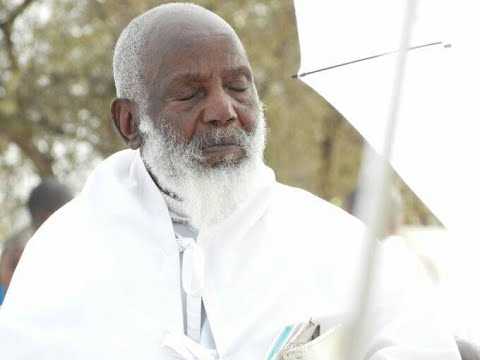

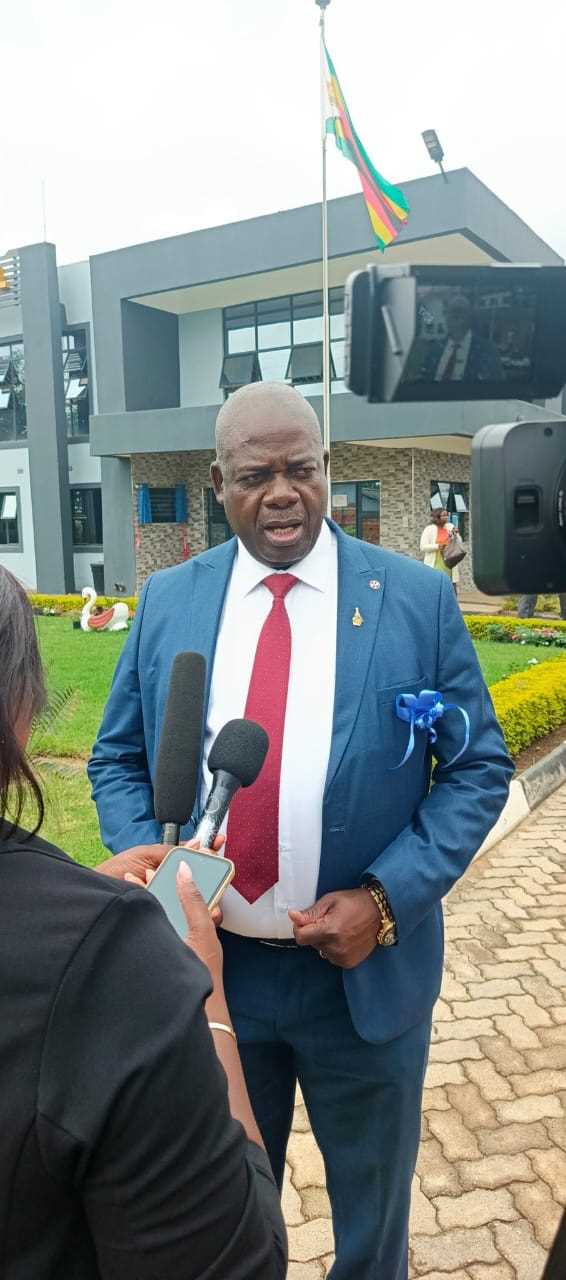
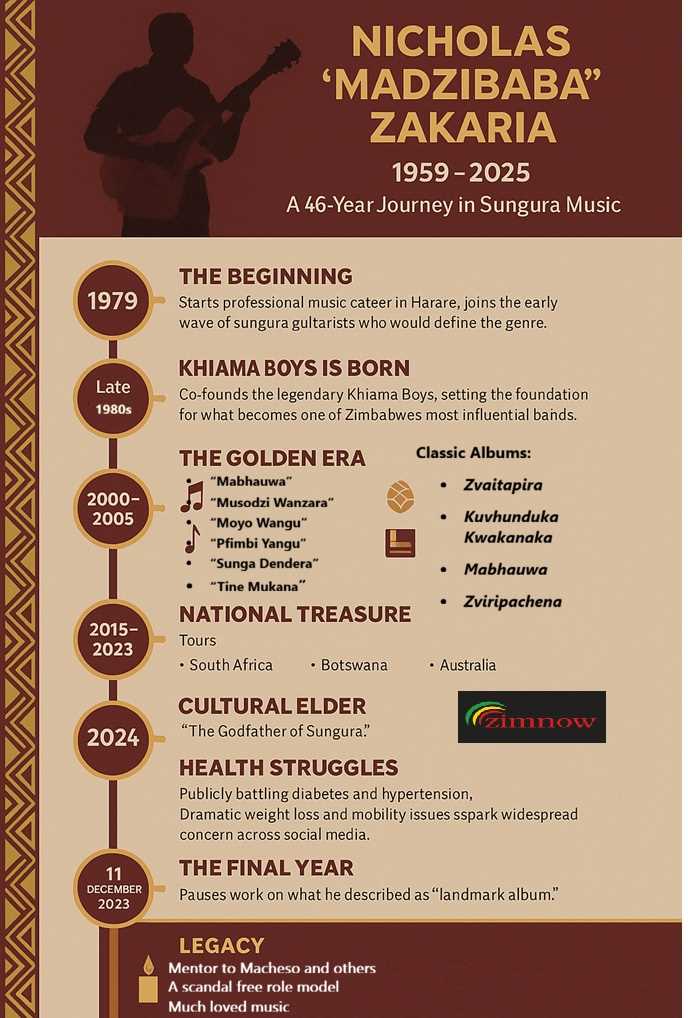









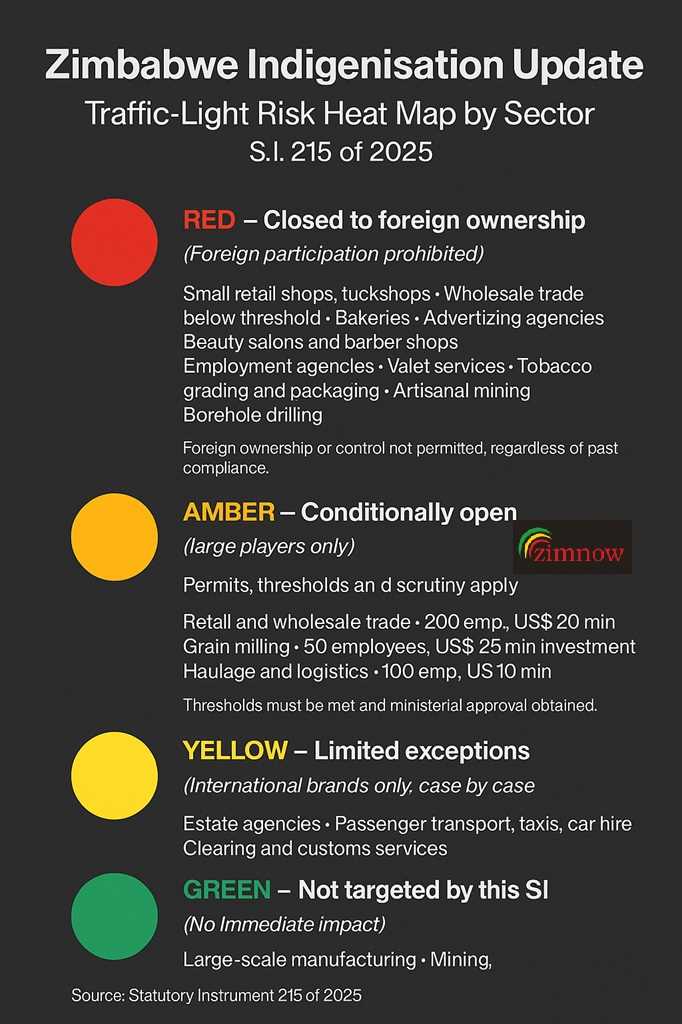



Leave Comments